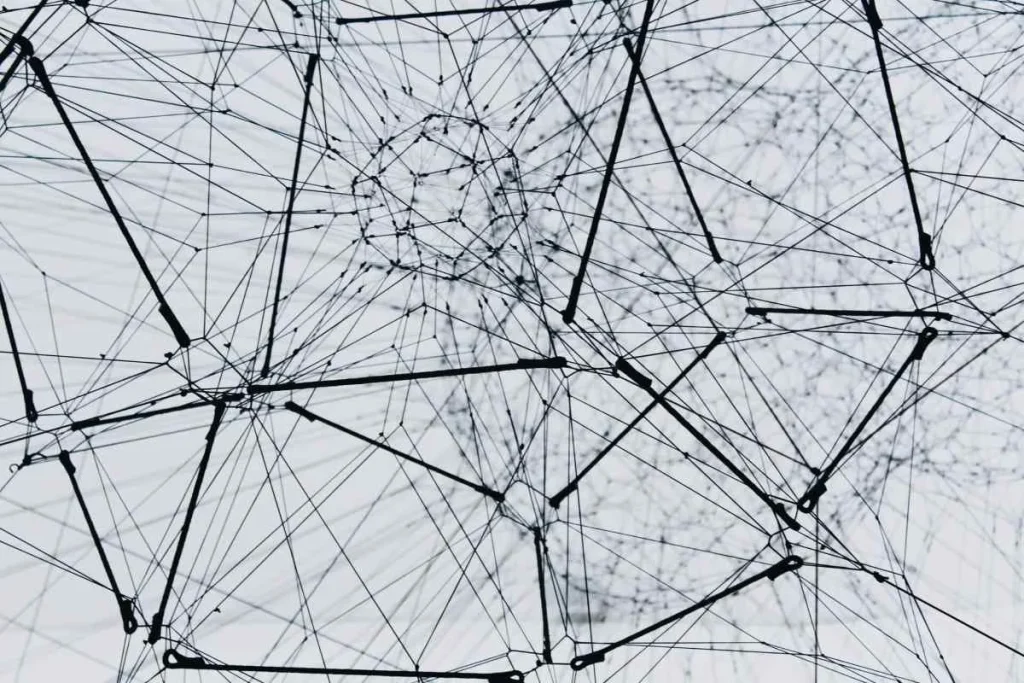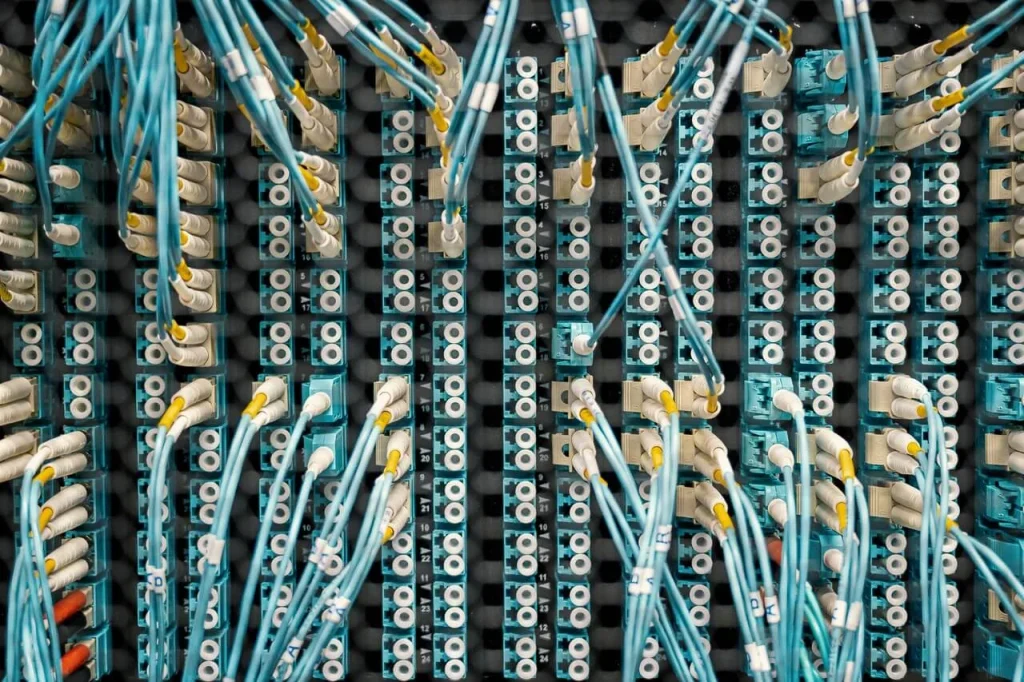The world is slowly moving to a newer era of the internet called Web 3.0. In this new generation of internet services, you will experience new things, especially with how you browse the web and buy products. This may even allow you to buy a house for sale through the Internet! But before anything else, let’s start with a very basic question, what exactly is Web 3.0? Is it a new browser? Why should you care about it?
What Is Web 3.0?
Simply put, Web 3.0 is the third version of Internet services that decentralizes large institutions. It is similar to the blockchain, as each member in the network has the exact same data that isn’t held by any single entity and the members or users of the network have full control of everything.
It’s basically a peer-to-peer internet but with no single authority. Everything you post online will be owned by you, and you will have full control of everything you post. Just like buying a house for sale, you’ll own everything.
So, for example, you’re a YouTube creator. If by any chance, a group of people mass reports your content or your page, you’re at risk of losing all your work and your subscribers and will have no way of getting them back. But with Web 3.0, since your data is owned and controlled by you, the platform (say, YouTube) and the people watching you have no power over your account.
Web 3.0 is also more private, which will ensure way better data security to avoid internet hacking. What makes this possible is its integration with the blockchain security system, which is a practically impenetrable technology.
Moreover, since Web 3.0 is user-focused, you can expect to receive the most accurate and relevant result to whatever you search for on the internet.
These days, tech giants like Facebook and Google make billions of dollars from user data. With Web 3.0, everyone will have the opportunity to be compensated for your information and the data you share. Therefore, it will give you the capability to sell your own data to advertisers, while retaining privacy and ownership of your data.

The Evolution of the Internet: From Web 1.0 to 3.0
To understand Web 3.0 even more, you have to know about its past. So, let’s start from the beginning:
Web 1.0 – Read Only Content
During Web 1.0, there were very few content creators and the internet was dominated by users who consume content. In this era, personal web pages were very common. If you’re a millennial, Friendster, MySpace, and Tumblr were part of this internet era. These personal web pages are mostly static and free.
Advertising in Web 1.0 used to be banned. One of the main uses of the internet in Web 1.0 is to act as a content delivery network (CDN) that showcases information on the websites. It also has directories so that users can retrieve a particular piece of information.
Web 2.0 – Participative Social Web
Web 2.0 is where everything started to get a little more interesting. Websites started highlighting user-generated content and allowing users to interact with the website. Dynamic HTML allowed websites to become programmable, interactive, and engaging. Unlike Web 1.0, Web 2.0 opened opportunities for businesses to access more of their target audience or consumers through their websites and social media accounts.
So, you can say that Web 2.0 became the era of content creation, entertainment, and online businesses. It opened up a whole new world of communication and cross-interaction between users and businesses.
However, unlike Web 1.0, Web 2.0 is not free and central authorities can collect and verify your identity, authorize your transactions, and control what you’re allowed to publish online. Web 2.0 is also where storage and data privacy started becoming an issue.
Web 3.0 – Decentralized Internet
Web 3.0 fixes the privacy issues of Web 2.0, as control is now given to users for their data, identity, and other information. It has three layers of technology:
- Artificial intelligence
- Edge computing
- Decentralized data networks
These three, combined with machine learning algorithms, will allow computers to interact with data and create data.
Unlike Web 2.0, Web 3.0 is self-governing and does not require control from central authorities to manage and control your data.
How Does Web 3.0 Work?
One of the main goals of Web 3.0 is to make your searches faster, easier, and more accurate. It will be able to process even the most complex searches and give you accurate answers to your queries.
In Web 2.0, you have to interact with the frontend of a website, which communicates to its backend, which then further communicates with a site’s database. The entire code of a website is hosted by servers, which are sent to you through your browser.
With Web 3.0, there will no longer be a centralized database or a central web server for backend logic. Instead, apps are built on a decentralized state machine in a blockchain, which is maintained by anonymous nodes on the internet.
If you don’t understand all of this internet jargon, don’t worry. How websites look will remain almost the same as in Web 2.0. The only difference is where they’re built and how you can access them.
Key Features of Web 3.0
Web 3.0 is still a little unknown, especially for older generations. However, the rapid development of technology is inevitable. So if you’re a business owner, you should know its features so that you can prepare for the changes moving forward.
1. The Metaverse
You may have heard of Facebook’s Meta, and how their apps are slowly transitioning to it. However, before Mark Zuckerberg even released Meta, the concept of Metaverse already existed.
The Metaverse is basically a network of virtual worlds where users can use Augmented Reality (AR) and Virtual Reality (VR) to connect and interact with other people. If you’ve watched or read Ready Player One, where players enter a highly immersive virtual world to trade and play, it’s kind of like that.
In the Metaverse, users can experience things as they would in reality. You can enter the world and interact with objects and people.
The Metaverse doesn’t fully exist yet, because it requires a single universal world that is as interconnected as the internet so that anyone can access it. However, we can expect to experience the Metaverse as soon as Web 3.0 fully begins.
2. Web 3.0 Crypto
The blockchain and cryptocurrencies are slowly easing their way to the masses, as they become more easily accessible for everyone. With the introduction of games like Axie Infinity, it’s slowly getting more and more attention, as people can now earn money from it and even use crypto for transactions.
Speaking of transactions, cryptocurrency has even grown to be used for buying a house for sale. Just recently, a home in Florida was bought through an NFT for $653,000. This proves that cryptocurrencies are flexible and scalable enough to be used for real-world transactions. However, we can’t really say when crypto will be completely integrated into our current economies and whether it will become the dominant currency.
In Web 3.0, users will be compensated through the blockchain with cryptocurrency. According to Binance, the top ten Web 3.0 coins are the following:
- Chainlink – $9,214.38 million market cap at a price of $19.75
- Filecoin – $5,224.11 million market cap at a price of $37.62
- THETA – $4,376.29 million market cap at a price of $4.36
- Helium – $3,343.03 million market cap at a price of $31.84
- The Graph – $3,048.36 million market cap at a price of $0.6464
- BitTorrent – $2,782.02 million market cap at a price of $0.002805
- Basic Attention Token – $1,754.92 million market cap at a price of $1.17
- Arweave – $1,456.26 million market cap at a price of $43.39
- Siacoin – $794.66 million market cap at a price of $0.01602
- Livepeer – $789.82 million market cap at a price of $37.40
3. Ubiquity
Web 3.0 will empower users even more in such a way that the internet will be available to everyone, at any time and from anywhere. It will also enable more “wearable technology” as devices that can connect to the internet will no longer be limited to smartphones and computers.

Pros and Cons of Web 3.0
Just as buying a house for sale will have its upsides and downsides, Web 3.0 will also have its fair share of pros and cons.
Advantages of Web 3.0
The main advantage of Web 3.0 is it gives complete ownership and total control of data to the users. We are no longer the product of the internet. This means the internet will become even more personalized, which opens another advantage, as you can expect more accurate and relevant search results when you start using the semantic web.
Moreover, there will be no central authority that will control your data. This means Facebook and Google no longer have power over your identity and information, and they can no longer remove services or websites.
The absence of central authorities also means that digital assets can now be owned and transferred quickly. Since Web 3.0 will be using the blockchain, downtimes and interruptions will no longer exist, and anyone can interact with the network.
Disadvantages of Web 3.0
The biggest disadvantage of Web 3.0 is that there is currently no technology that can handle it. Consumers don’t have the tech to enter and navigate through Web 3.0 and can become overwhelming for older generations. Consequently, its features can also be too complicated for new users.
When the technology does begin to become available to the market, less advanced devices are bound to be left out. This could mean trouble for less financially stable countries.
How Will it Affect Consumers and Businesses?
Most people will be busy prioritizing their personal lives, like buying a house for sale, growing their careers, and living a normal life. Little do they know, Web 3.0 will have an effect on how they buy things and how businesses will sell to them.
Currently, in Web 2.0, social media marketing and search engines dominate advertising strategies for products and services. With the help of the consumers’ personal data spread across the platforms they use, businesses can target a specific user they want to sell to.
With Web 3.0, users can control the ads more than businesses do. Since users will have full control over their data and what platforms can access it, advertisers can no longer show targeted ads without permission.
In Web 3.0, the internet will learn about you and your online habits with every search you make. This will allow it to know your likes and dislikes, including your consumption behavior, and give you more personalized content. For businesses, this means they have to clearly determine their target consumers and what they want. Otherwise, their ads will be seen by the wrong people.
Moreover, since Web 3.0 will use more AI, AR, and VR technology, you can expect to see more 3D ads. Brands will have to transition to this trend and use VR to better serve their consumers with their products. This could be a really great way to sell products and services, as users can now interact with their goods through technology, and can buy directly in the virtual world.
On the brighter side of things, businesses don’t have to worry about securing the data of their consumers. Plus, your customers will still be able to easily sign in to your website in Web 3.0. The only difference is, most transactions will occur in the blockchain, which will also give you more secure transactions and will prevent hacking.
The Future of Life
Technology is advancing at a very rapid pace. It was only 22 years ago when people were crazy about the all-new Nokia 3310. Now we have Galaxy S22s, iPhone 13s, and foldable touch screen phones. What may happen in 5 years, we will never know and it’s harder to predict now since a huge number of changes are happening at the same time. It’s best that we stay proactive and learn about what is happening even if it’s only a limited amount. Is it a good thing or is it a bad thing? It’s up to you to decide. Besides, everything in this world is a double-edged sword anyway. Maybe Black Mirror is right all along.
Related Blog: Are NFTs the Future: All You Need to Know About Non-fungible Tokens


